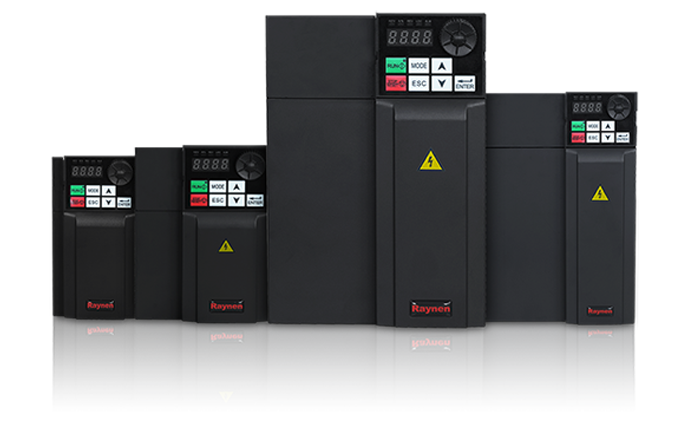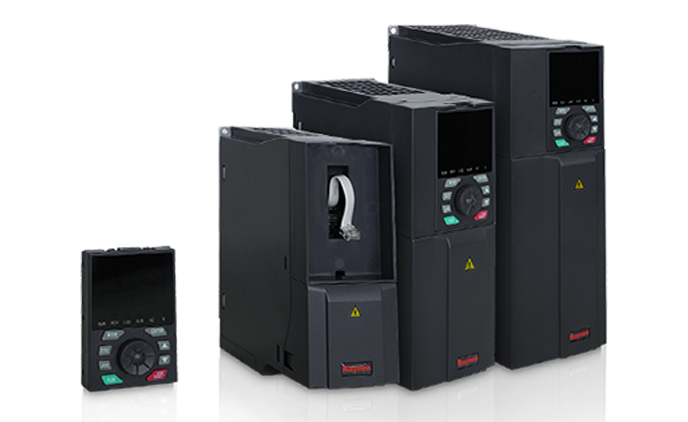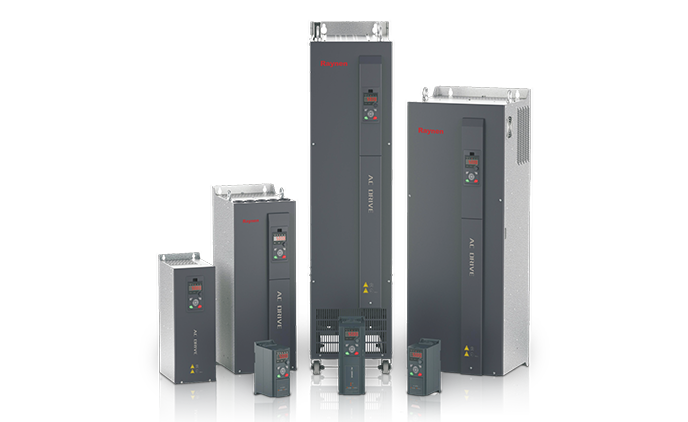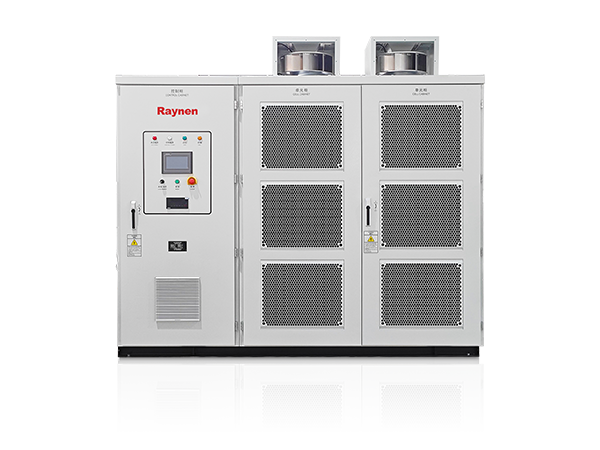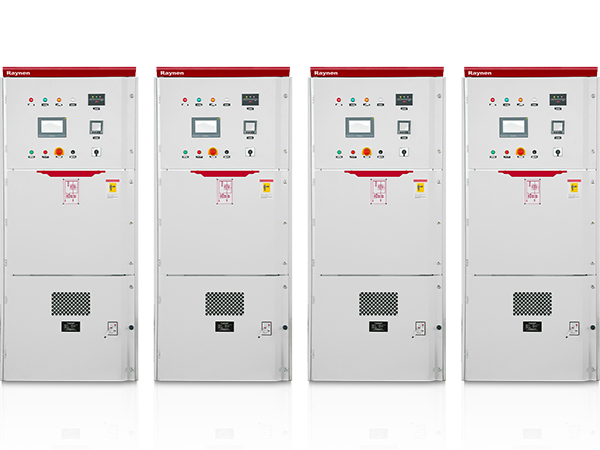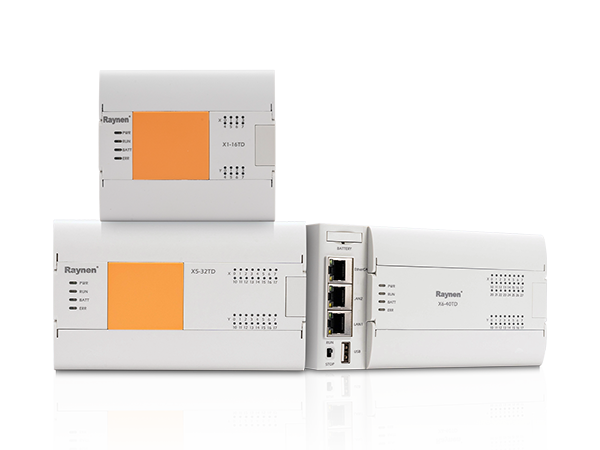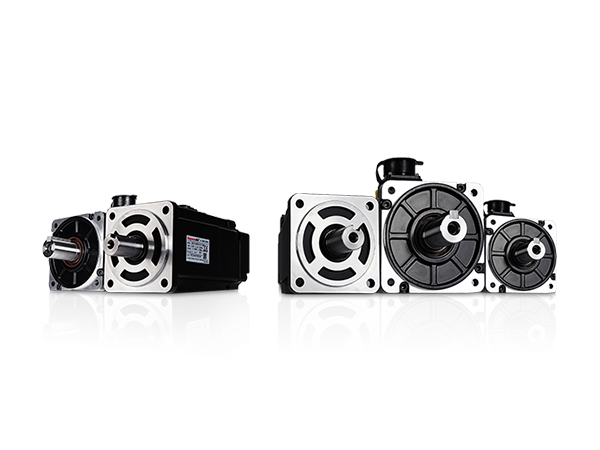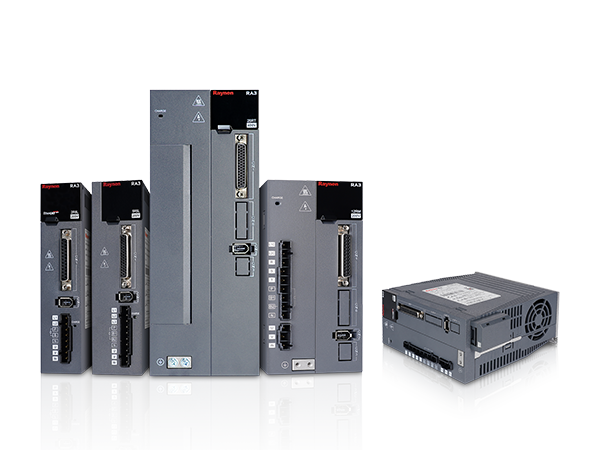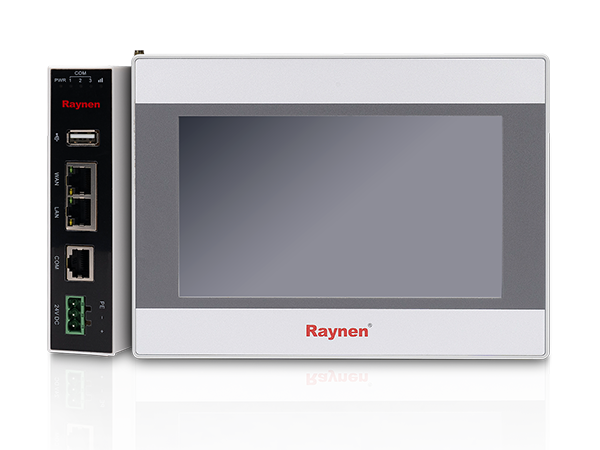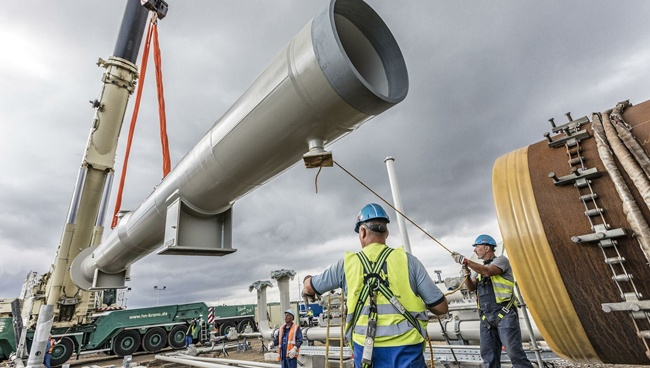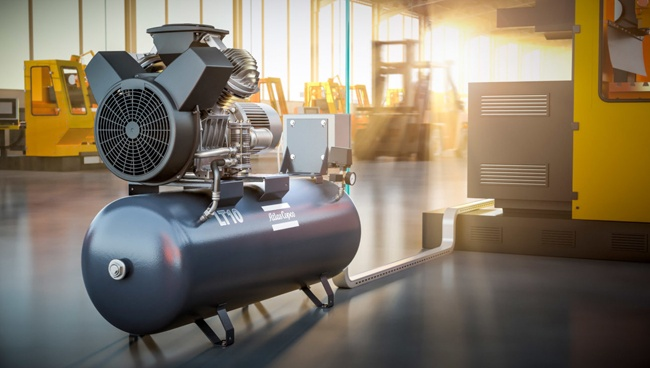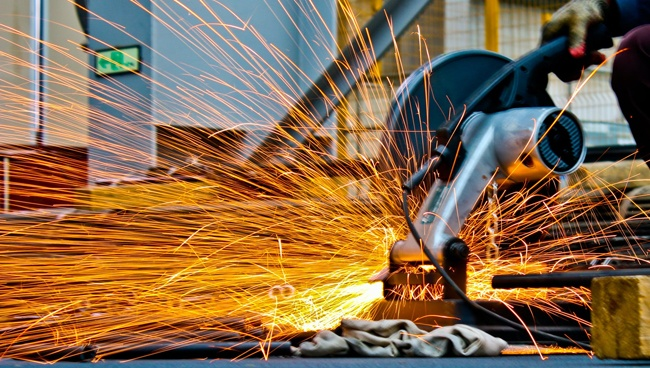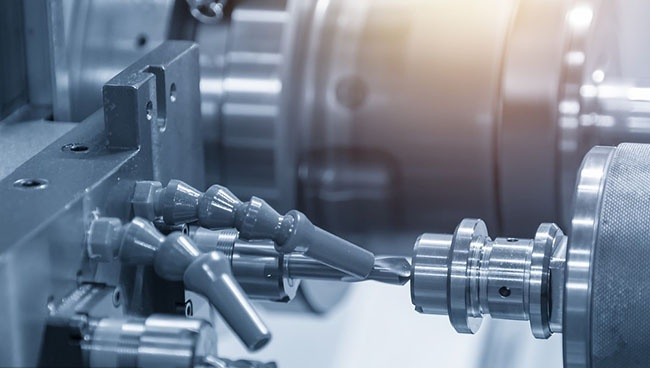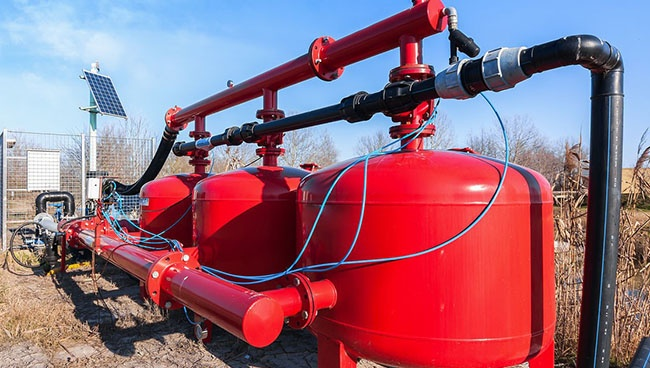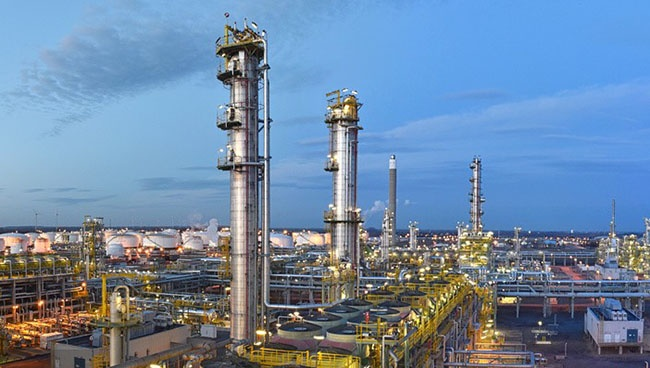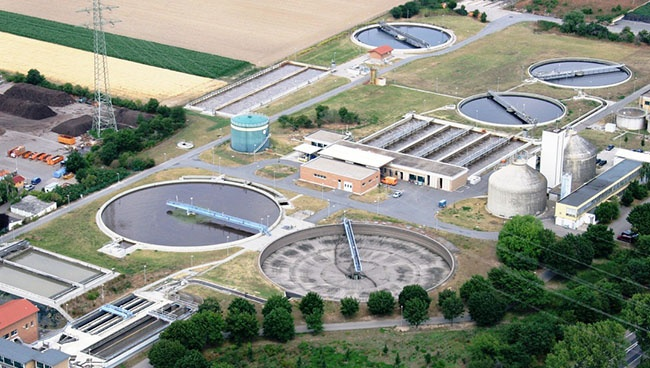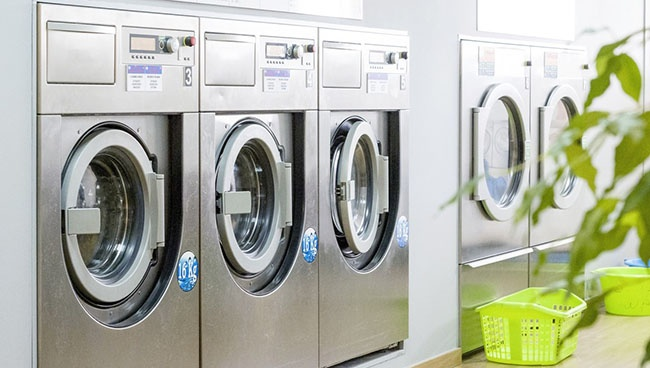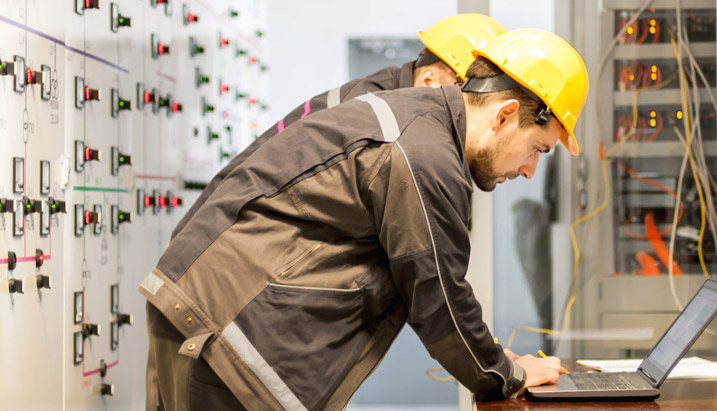1.Introduction to AC Drives (Variable Frequency Drives) In the realm of modern industrial control an......
READ MORETaming the Titan: The Engineering Behind Medium-Voltage Soft Starters
In the world of high-power industrial machinery, the initial jolt of a motor start can be a violent event. It's a moment of immense electrical and mechanical stress that, if left unchecked, can lead to premature equipment failure, grid instability, and costly downtime. This is where the Medium-Voltage Soft Starter steps in—a sophisticated electronic device designed to gracefully manage this critical moment, transforming a violent surge into a smooth, controlled acceleration.
How it Works: The Science of a Soft Start
At the heart of every Medium-Voltage Soft Starter is a set of solid-state electronic switches, typically pairs of back-to-back Silicon Controlled Rectifiers (SCRs), or thyristors. These SCRs are connected in series on each of the three phases of the motor’s power supply. Unlike a traditional contactor that simply closes and applies full voltage, a soft starter uses these SCRs to precisely control the flow of electricity.
The magic happens during the "ramping" phase. The soft starter's control circuitry uses a technique called phase-angle control. It "fires" the SCRs for only a small portion of each AC voltage waveform cycle. This effectively chops off the beginning and end of the sine wave, reducing the average voltage supplied to the motor. Over a predetermined time period—a few seconds to a minute or more, depending on the application—the soft starter gradually increases the firing angle of the SCRs. As the firing angle widens, more and more of the AC waveform is passed through to the motor, resulting in a smooth, continuous ramp-up of voltage and, consequently, a gradual increase in motor torque and speed.
This controlled voltage ramp-up directly addresses the two major issues of direct-on-line starting:
-
Current Limiting: The gradual increase in voltage prevents the massive inrush currents that can strain the electrical system. By limiting the initial current to just 2 to 4 times the motor’s full-load current (as opposed to 6-10 times), the soft starter protects transformers, generators, and distribution lines from harmful voltage sags.
-
Torque Control: The motor's torque is proportional to the square of the applied voltage. By smoothly increasing the voltage, the Medium-Voltage Soft Starter ensures that the motor's torque increases gradually, preventing the sudden mechanical shock that can damage gearboxes, shafts, and couplings.
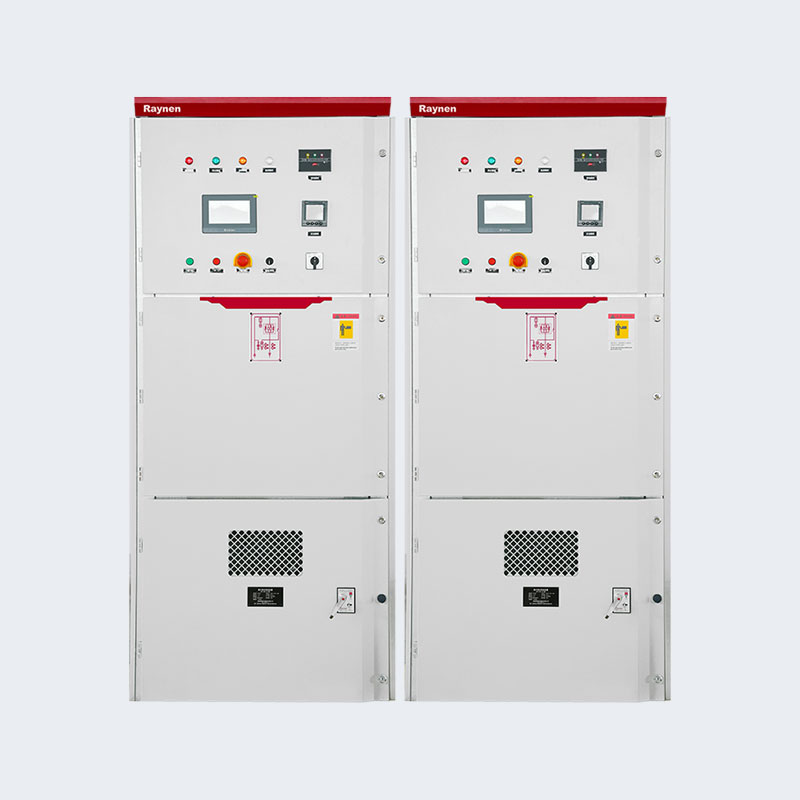
Beyond the Basics: Advanced Features and Applications
While the primary function of a Medium-Voltage Soft Starter is to provide a gentle start, modern units are packed with advanced features that enhance performance and reliability.
-
Closed-Loop Control: High-end soft starters can monitor the motor's current and speed in real-time. This allows the device to adjust the voltage ramp dynamically, ensuring optimal performance even under varying load conditions. For example, if the motor struggles to accelerate, the soft starter can automatically increase the voltage to prevent stalling.
-
Soft Stop Functionality: Just as a controlled start is beneficial, a controlled stop can be equally important. A Medium-Voltage Soft Starter with a "soft stop" feature can gradually ramp down the voltage, bringing the motor to a smooth halt. This is crucial for applications like pumping systems to eliminate the destructive "water hammer" effect or for conveyor belts to prevent materials from piling up.
-
Protection Features: A modern Medium-Voltage Soft Starter is also a sophisticated motor protection relay. It can monitor for overcurrent, overvoltage, undervoltage, phase loss, and temperature issues, automatically shutting down the motor to prevent catastrophic failure.
These features make the Medium-Voltage Soft Starter an essential component in a wide range of critical applications. In the mining industry, they are used for massive conveyor systems and crushers. In water treatment, they control high-horsepower pumps to ensure a steady, smooth flow. For oil and gas, they manage compressors and pumps, where reliability is paramount.
In essence, the Medium-Voltage Soft Starter is more than just a piece of equipment; it's a strategic investment in the longevity and operational efficiency of an entire industrial system. It represents the pinnacle of controlled power delivery, proving that in a world of high-voltage titans, a gentle start is the key to sustained success.

 English
English Español
Español عربى
عربى
